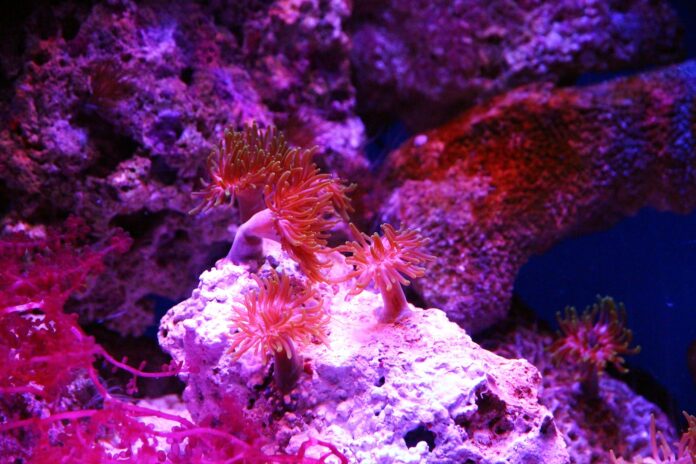The vast expanse of the ocean is still a largely unexplored realm. With much of its depths yet to be fully understood. However, recent developments in space technology have paved the way for groundbreaking research in marine biology. And are enabling scientists to study and monitor marine ecosystems with greater accuracy and detail than ever before.
From satellites to underwater drones, space technology tools have proven to be invaluable in unlocking the mysteries of the ocean. In this article, we’ll explore the impact of space research on marine biology, including how space technology is being used to study and monitor marine ecosystems, the significant discoveries made possible by this technology, and the potential long-term benefits of continued research.
Space Technology and Marine Biology Research
One of the most significant applications of space technology in marine biology research is the use of satellite imaging. Satellites orbiting the Earth can capture high-resolution images of the ocean’s surface, providing scientists with a wealth of data about ocean currents, temperatures, and other environmental factors that influence marine life. By analyzing this data, researchers can identify patterns and trends that could inform future conservation efforts.
Another important space technology tool is underwater drones, which can be used to study marine ecosystems in greater detail. These drones can capture high-definition video footage of the ocean floor, allowing scientists to observe the behavior and interactions of various marine species. Additionally, these drones can collect water samples and measure various environmental parameters, such as temperature and salinity, providing critical information about the health of marine ecosystems.
The Impact of Space Technology on Marine Biology Research
The use of space technology in marine biology research has led to significant findings and discoveries that have helped to advance our understanding of marine ecosystems. For example, satellite data has revealed that phytoplankton, a key component of the ocean food web, is declining globally, which could have significant implications for marine biodiversity and food security. In another study, researchers used underwater drones to observe how different species of coral respond to changes in ocean temperature, providing valuable insights into how these ecosystems may adapt to climate change.
By combining data from various space technology tools, scientists are also gaining a more comprehensive understanding of how different environmental factors interact to influence marine ecosystems. For example, by analyzing satellite data on ocean currents and temperature, researchers were able to predict the migration patterns of bluefin tuna, a commercially important fish species. These predictions could help inform fisheries management strategies to ensure the sustainability of this species.
Challenges and Limitations
While space technology has proven to be a valuable tool in marine biology research, there are also challenges and limitations to its use. For example, satellite data can be limited by cloud cover, which can hinder the accuracy of imaging. Additionally, underwater drones are limited by their battery life and can only explore a relatively small area at a time.
To overcome these limitations, researchers are exploring new ways to optimize space technology tools for marine biology research. For example, researchers are developing new algorithms to process satellite data that can account for cloud cover and other environmental factors. Additionally, new underwater drones are being developed that can operate for longer periods of time and explore a larger area.
The Future of Space Technology and Marine Biology Research
Looking ahead, the potential for space technology to transform marine biology research is immense. For example, new satellites with higher resolution imaging capabilities could provide even more detailed data about the ocean’s surface, while advances in artificial intelligence could enable drones to autonomously analyze video footage and identify different species.
These developments could have significant implications for marine conservation efforts. By providing a more comprehensive understanding of marine ecosystems, space technology could inform more targeted conservation strategies that prioritize the protection of vulnerable species and habitats.
Conclusion
In conclusion, the use of space technology in marine biology research has revolutionized our understanding of the ocean and its ecosystems. From satellite imaging to underwater drones, these tools have enabled scientists to study and monitor marine ecosystems with unprecedented accuracy and detail. The significant findings and discoveries made possible by this technology have helped to advance our understanding of the complex relationships between different environmental factors and marine life. While there are still challenges and limitations to overcome, continued investment in space technology research could yield even more transformative insights into the ocean and its ecosystems, informing conservation efforts for years to come. As we continue to explore the deep, the potential for space technology to unlock the mysteries of the ocean remains vast and promising.
And as always folks be sure to check out the Global Growth Forum and some of the latest articles on similar subjects. Also, check out the Mojo Patrakar and read some of the latest articles in Hindi.









